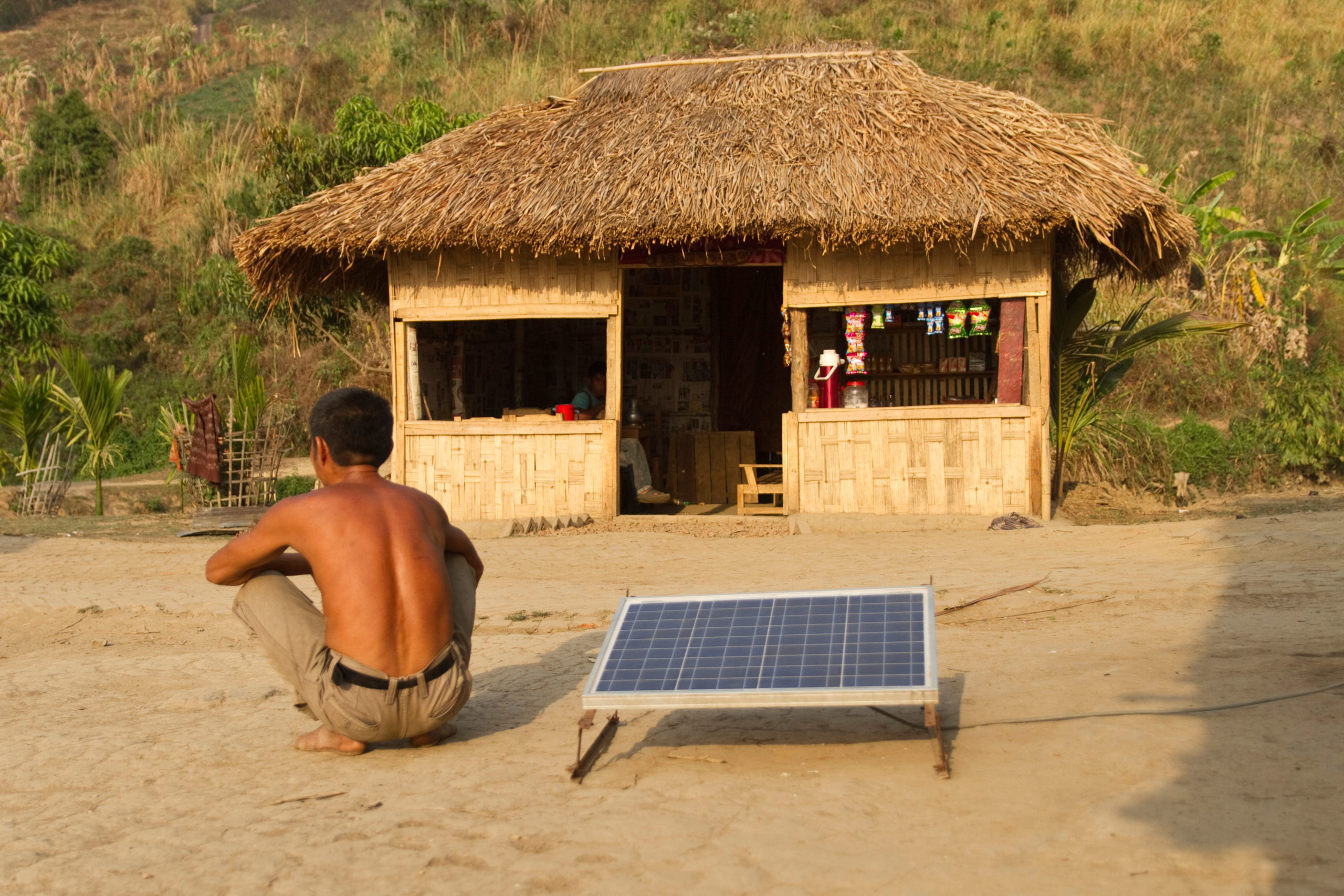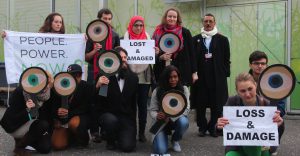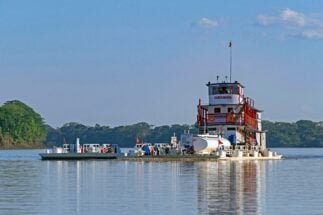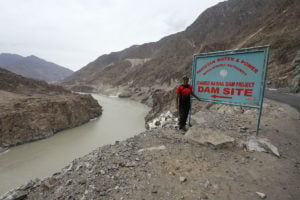Almost all developing nations that have updated their climate pledges in the run-up to the UN climate summit COP26 have added a rider: they can only achieve their goals to reduce greenhouse gas (GHG) emissions if they receive financial support from rich nations amounting to trillions of dollars. But this is so far from the current reality that the world is looking at catastrophic climate change unless new sources of finance can be found.
In 2009, developed countries committed to provide USD 100 billion per year to developing countries by 2020 to mitigate climate change and adapt to its consequences. In a press release, the secretariat of the UN Framework Convention on Climate Change (UNFCCC) estimated at a meeting held in early October that all developed countries together provided USD 45.4 billion in 2017 and USD 51.8 billion in 2018. It is worth noting that only about 25% of these funds are for adaptation. Most are for mitigation purposes, while developing countries are least responsible for emissions, and most in need of adaptation.
Now the governments of Germany, Canada and COP president the UK have gone public to say developed countries will not be able to mobilise USD 100 billion a year before 2023. This is bound to anger developing countries. In a statement, the Association of Small Island States (AOSIS) described the delay as “a major blow to small islands” that are in danger of being swamped as sea levels rise due to climate change.
The true cost of climate change
The UNFCCC has calculated that money sought by developing countries simply to fulfil their commitments made under the Paris Agreement (known as Nationally Determined Contributions, or NDCs) between 2021 and 2030 comes to USD 5.8-5.9 trillion. Yet even if achieved, the current NDCs would lead to global temperature rise far in excess of the 2 degrees Celsius ceiling agreed under the Paris Agreement, not to mention the aspirational 1.5C target, according to the latest report by the World Meteorological Organization.
The actual figure needed will be higher still, since not all developing countries have worked out the full costs of controlling climate change and adapting to its impacts.
Controlling climate change will require investments in clean energy, clean transport and carbon-neutral buildings. Meanwhile, the costs of adapting to the impacts that are already locked in are vast: from helping farmers, fishers, businesses and homeowners to live with storms, floods, droughts, landslides and rising sea levels; to providing relief and rehabilitation for those who suffer loss and damage to their health, homes and livelihoods. The mismatch between what is needed and what is being provided is stark.
Where will the finance for COP26 goals come from?
Faced with this need, the Green Climate Fund (GCF) set up by UNFCCC in 2010 has a pledged kitty of about USD 10 billion to help developing countries, especially the least developed countries; 45 countries, including nine developing countries have pledged funds. The GCF received and approved provision of USD 2.2 billion in 2017 and USD 3.1 billion in 2018 for projects relating to climate change mitigation and adaptation. In its latest meeting in early October 2021, it approved USD 1.2 billion for 13 projects, of which eight were related to adaptation, two to mitigation and three were crosscutting between the two areas.
The World Bank and its associates – the Global Environment Facility and the Adaptation Fund – have invested about USD 26 billion in 2021 in developing countries to decarbonise economies and help fund adaptation measures. Another expected source of money for developing countries to fund cleaner growth – the carbon market – has come to nothing as the carbon price has collapsed.
The mismatch between demand and available supply from public funds is clear. The only organisations that hold trillions of dollars are in global bond and equity markets – especially large pension funds in developed countries. While a potentially huge source of funding for climate-friendly investments, these markets are traditionally deeply invested in coal and oil, and are still pumping trillions into fossil fuel investments. For over a decade, activists have been trying to move this money away from fossil fuels. They have had some success with a few pension funds divesting from coal and oil, and others setting net-zero emission timelines. Still, that is nowhere near enough.
Overcoming barriers to private investment
In the end the big investment companies are about making money in a secure manner. Solar or wind farms are relatively new technologies and their stability and profitability are still open to question to bankers, let alone riskier ventures such as marketing flood-resistant or drought-resistant seeds to farmers. Perceived risks may be multiplied if they are asked to invest in developing nations with poor financial ratings. But these are the countries that need these investments the most, and this issue of finance will be key at COP26.
Three experts who have been working in this area told The Third Pole that in order to persuade private investment firms to put money into renewable energy projects in small developing countries, especially island nations, and into LDCs, public climate finance provided by developed countries must be enough to “de-risk” investments in clean energy, other green technologies and adaptation.
Public climate finance provided by developed countries must be enough to ‘de-risk’ investments in clean energy
Even in larger developing countries and emerging economies like India, while banks may be willing to lend money for solar projects, bankers still see such projects as riskier than a traditional factory, so they want higher interest rates – often 2% higher. This can significantly affect the profitability of such a venture. This difference in the ‘cost of financing’ can be brought down or even eliminated if a government or a government-backed entity – within or outside the country – stands as guarantor for the loan, thereby reducing the perceived risk.
The New Delhi-based think-tank the Council on Energy, Environment and Water has calculated that the difference in financing solar projects in India versus the US was significant: “Cost of debt for utility scale projects in India were in the range of 13-16% and 10-14%, compared to 5-7% in the United States.” If that cost can be lowered through de-risking loans through a reputable guarantor, investments in clean energy and clean transport are likely to rise manifold. Real world examples back this up: India’s first large-scale solar projects were funded only when the US EXIM Bank stood as guarantor for the loans. It is unclear if this issue of finance will be discussed at COP26.
Public financing will never provide sufficient investments to control the climate crisis. But if developed countries deliver their finance pledges, this could be enough to provide the all-important guarantees the bond and equity markets need. Experts who are discussing the problem say predictable public multilateral and bilateral finance flows may be even more important than the amounts provided – the predictability allows investment managers to plan.









